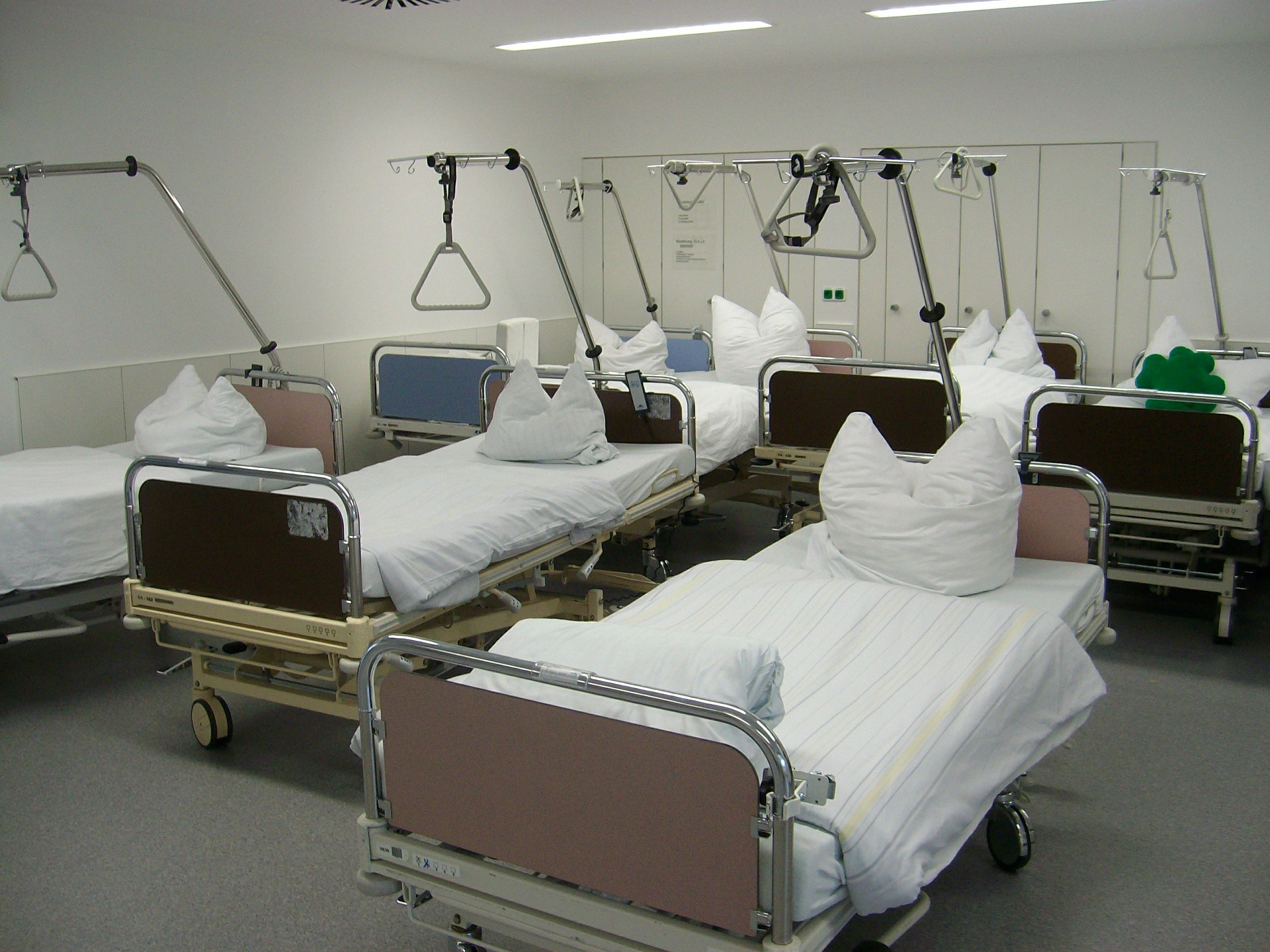 Dr P K Santhakumari, Founder, Matha Ayurveda Eye Hospital
Dr P K Santhakumari, Founder, Matha Ayurveda Eye Hospital
We know that Diabetic Retinopathy (DR) is a major complication of Diabetes Mellitus (DM) and eventually leads to blindness. Retinopathy can happen to any diabetic patient any day, especially in chronic cases. The probability is much higher if a patient is having a pitta dominant body consitution.
If you are a diabetic patient and experience any unusual or abnormal symptoms related to the eyes (however mild it may be), don’t wait to consult an eye specialist. If your ophthalmologist says nothing to worry now, but advises a periodical checkups, you have to suspect the possibility of developing visual problems at any time.
Ayurvedic Approaches for Preventing Retinopathy and Preserving Vision
So, dont wait till those visual symptoms starts to develop. Always remember that once your vision starts to decrease, regaining the lost vision is extremely difficult. So, think of preventive measures so that your vision can be protected. Ayurveda can help you a lot in prevention aspects of retinopathy.
Integrating Ayurveda for Effective Diabetes Control and Eye Health
Strict diabetic control is the first step. If your diabetes is not controlled in one medical system, think of other medical systems that give results. There are many effective drugs, herbs and treatment methods in ayurveda that are useful to control both diabetes and related eye problems.
Ayurvedic Medications and Practices for Prevention and Management of Diabetes and Eye Health
Amla, Haridra, Darvi, Triphala, etc are only some of the effective drugs. Netrasekam, Aschotanam, Sirodhara, Sirolepanam etc are prescribed by doctors in preventive measures. Green vegetables, sprouted pulses, low carbohydrate food items, fixed schedule for food timing, moderate physical exercise etc are to be followed for prevention.
If you have already become a retinopathy patient, never wait to start curative methods. For this, the exact clinical stage and differential diagnosis are absolutely necessary. According to Ayurveda, Pitta is the dominant vitiated dosha in DR. This, in turn, affects Raktha. So, any situation or condition which vitiates pitta in a diabetic patient may turn to be a contributing factor for DR.
It may be physical, mental or even external. There are mainly two typical types of retinopathy. They are Non-proliferative diabetic retinopathy (NPDR) and Proliferative diabetic retinopathy (PDR).
Non-profliferative diabetic retinopathy (NPDR)
Comparatively, this condition is milder than PDR. Here, the blood vessels become congested. The blood flow may be slowed down. Vessel walls become thickened most probably by deposits. Changes to vessel walls is yet another contributing factor for thickening. There may develop blockages in the blood flow. So, there will be a tendency for small hemorrhages.
Small dots and blots of hemorrhages are seen in most cases. Here, there is an involvement of kapha also. Actually, kapha is vitiating pitta and raktha. The very characteristic properties of kapha such as snigdha, guru, pichila etc are increased and it affects pitta. The very characteristic properties of pitta are damaged. The sara and drava properties of pitta and raktha become decreased. So, the changes mentioned above start developing.
Sedentary lifestyle, lack of physical exersice, excessive sleep, sleep during daytime, excessive intake of curd and deep fried food items etc can be considered as causative factors that increase properties of kapha. if this kapha vitiates pitta and thereby raktha, it directly affects the consistency and free flow of blood.
There will be deposits on blood vessels and blockages in the veins or arteries of retina. Here, the treatment is aimed to control Kapha dominance and protect the properties of pitta. Moderate physical exersice (other than head down postures) is very good. Using suitable oil for head massage and nasal drops etc are very good. Eye wash and eye drops can be used. Tiphala, Yashti, Darvi etc are very good for the preparation of eye wash and drops medicines. In diet, all types of heavy and oily food should be avoided. Steamed vegetables, leafy vegetables, sprouted pulses are recommended. Systematic ayurvedic menagement can protect any visual impairement in this stage, but should be by an expert hand only.
PDR (Proliferative diabetic retinopathy)
In PDR, there will be leakages and hemorrhages from the blood vessesls of retina. In severe conditions, it may penetrate into the vitreous (vitreous hemorrhage). Here, the vitreous fluid also becomes spoiled. As a result of vast hemorrhage, there will be hypoxia (anemic) of the retina which damages the function of retinal cells. There will be blood clot deposits on retina. Here, pitta and raktha are the dominant factors.
Pitta Aggravating Factors and their Impact on Proliferative Diabetic Retinopathy (PDR)
Any factor which increases the properties of pitta is capable of developing this stage. Works on shining screens such as laptops, mobiles etc for a long time, over works in night, lack of sleep, exposure to bright light / sunlight, exposure to excessive travel, especially in sunlight, etc are examples. In food habits, hot and spicy items are the worst. Deep fried items, sour tasted items such as pickles also are highly contributing factors to this disease. Pitta prakriti patients may get PDR easily.
External factors such as summer days, windy days, are also contributing factors, Even mental stress and strain are capable of developing PDR in a diabetic patient. If an NPDR patient is taking more pitta dominant food items and undergoing the above said habitual factors, his condition can evolve to PDR. In PDR, the first and foremost aim of management iin PDR is to arrest the bleeding. For this, total physical rest is necessary. Never go for heavy physical exersice as a part of diabetic control.
Selective Postures, Light Avoidance, and Pitta-Soothing Measures for Managing Eye Health
This is very important. Only very mild and highly selective postures as per the direction of an expert should be adapted. Exposure to bright light, focussing on light sources should be totally avoided. Selective oil for head massage is very good. The durgs used for medication of this oil should have pitta samana properties to control dominance of pitta. Amla, useera, chandana, yashti etc are examples. Among food items, too sour tasted items shoudl be totally avoided. Too much spicy items are also dangerous.
Fleshy and watery vegetables such as cucumber are preferable. Protein rich vegetables and sprouted spices can be used. Natural Cold drinks such as amla water is good for drinking purposes. Water boilded with useera, dry amla are also very good.
Here, systematic level ayurvedic treatment is absolutely necessary. Sirodhara, sirolepanam, netrasekam, vitalakam, etc are the procedures to be adapted. The medicines for these procedures shoudl be selective and decided by an expericed ayurvedic doctor only. This will help to protect your eyes, and vision.
(Matha Ayurveda Eye Hospital is an ayurvedic eye hospital at Trivandrum (Kerala) started in 2003. It is a small ayurvedic hospital with a single specialty – eye treatment.)
Read More: Pioneering Research in Gene Therapy at IIT Kanpur











